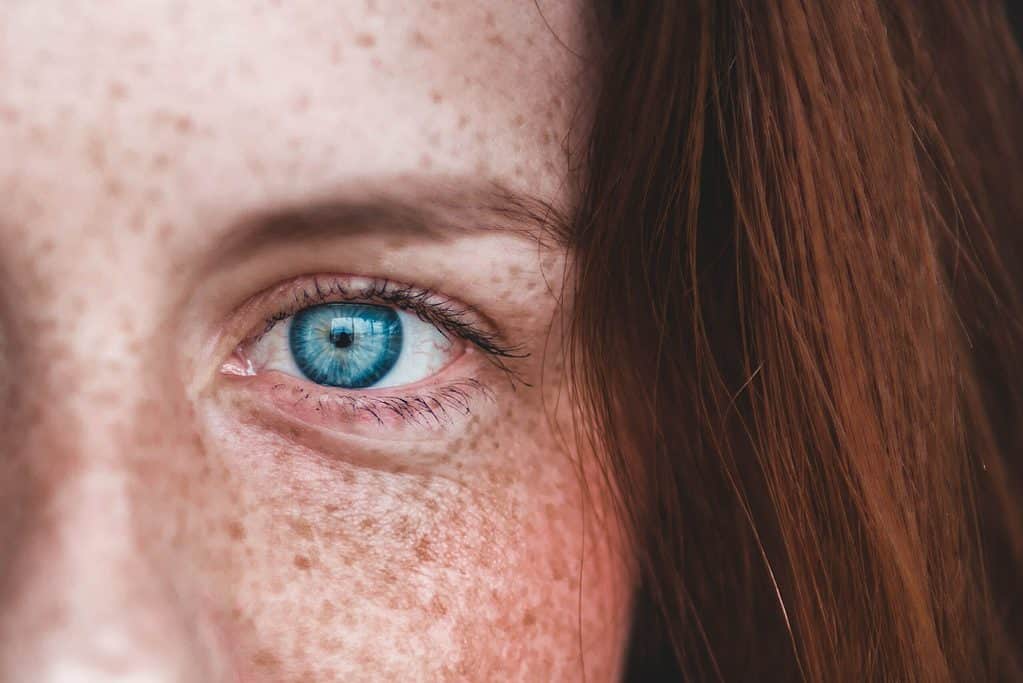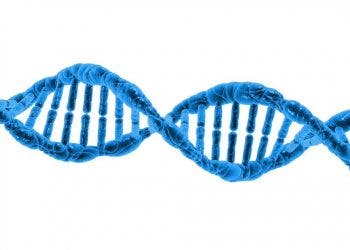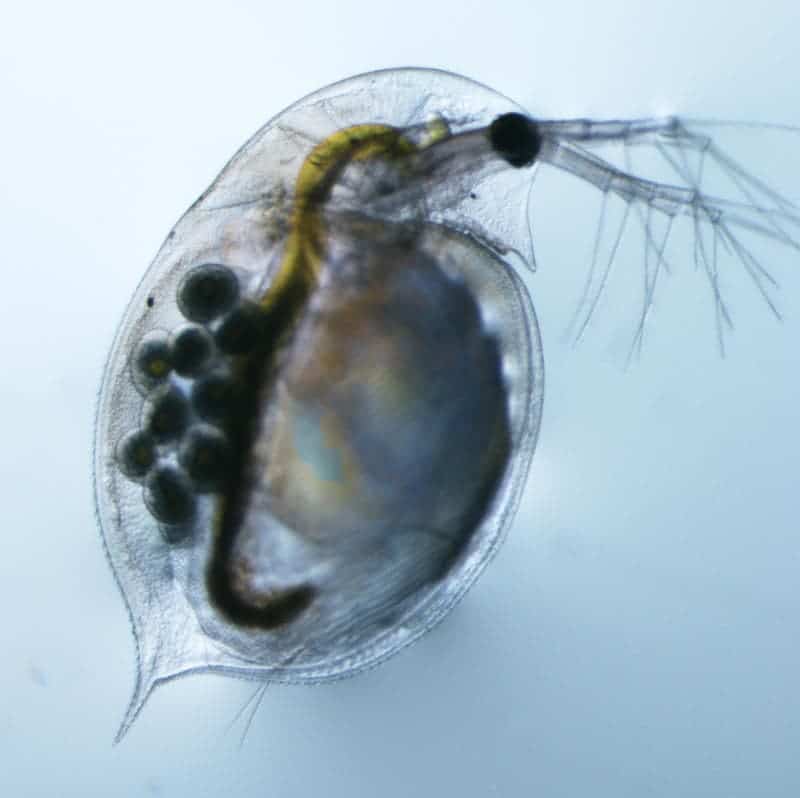They say redheads have more fun — but while that may or may not be true, there are very tangible problems that redheads face: redheads feel more pain, or at the very least, are more sensitive to some types of pain.

Red hair occurs naturally in 1-2% of the human population, and because it’s so rare, there’s always been a degree of fascination associated with it. Red hair has a specific charm and intrigue but has also historically carried a downside, particularly during the Dark Ages, when gingers were often considered witches or heretics.
Our fascination with them may be irrational, but redheads are distinguished by the rest of the population through more than just hair color. Increasingly, studies are showing that redheads process pain somewhat differently than the rest of the population. Also due to their different genetic makeup, redheads require more anesthesia, are more prone to certain diseases, and experience pain differently. But things get even more interesting.
The genetics of red hair
Red hair is most commonly found in the northern and western parts of Europe, especially in and around the British Isles. In Ireland, for instance, the population with red hair is estimated to be at around 10%, whereas in Scotland, around 6% of all people can boast that color. Still, even so, red is, by a wide margin, the rarest natural hair color.
Genetic studies have shown that a protein-coupled receptor called MC1R holds the key to this mutation. The MC1R protein is responsible for hair color, which can range from black or brown to lighter colors such as blonde and red. In fact, it’s one of the key proteins that regulate the skin and hair color of mammals, controlling the type of melanin that is produced (melanin is the pigment that gives skin, hair, and eyes their color). Most redheads have a recessive version of the MC1R gene.
The pigment also contributes to eye color. In addition, MC1R has also been reported to be involved in cancer (independent of skin coloration), developmental processes, susceptibility to infections and pain, and even arthritis. It’s a gene that’s connected to quite a lot of processes.

This receptor is not unique to humans. Similar studies have shown that some Neanderthals were redheads too, but we don’t really know if this mutation first emerged in Neanderthals or ancient humans. It’s possible that both humans and Neanderthals developed the trait separately.
Other mammals also have it. This is particularly important because it means researchers can carry out studies on it on other animals, and although the findings may not carry out the same way on humans, these studies can still yield valuable clues. In mammals, for instance, MC1R is also associated with pain.
We know that at least some (and possibly most) of the genetic differences in redheads are associated with MC1R. Like most other cell surface receptors, MC1R is regulated by a set of complementary proteins. In 98% of the population, MC1R produces dark eumelanin, a dark type of pigment. But, in redheads, the mutation to MC1R leads to the production of a red pheomelanin, the pigment that gives the specific hair color. But it gets even more interesting.
The same mechanism that causes this red-tinged pigment also stimulates some hormones, including those called endorphins. Endorphins are secreted within the brain and nervous system and they have a whole bunch of physiological functions — but they’re most famous for providing pain relief and making you feel some pleasure. Today, many geneticists are confident that the MC1R gene is directly related to pain, although the mechanisms aren’t perfectly understood.
A different kind of pain

A number of studies have shown redheads feel pain differently and have different body reactions. For instance, one study found that people with red hair are more sensitive to thermal pain, while another showed that they are less sensitive to a wide array of painful stimuli, including electrically induced pain. So it’s not as simple as saying that redheads are more or less tolerant to pain — they just tend to feel pain differently. To make it even more intriguing, research has also shown that redheads require more anesthetic. Overall, they’re tougher than pretty much all other hair colors.
“…if you are walking down the street, there is nothing that you can see in somebody that will tell you how much anesthesia they need, except red hair,” says Daniel Sessler, who studied redheads’ resistance to anesthesia, finding that found that redheads require 19 percent more inhaled, general anesthesia than their dark-haired counterparts.
There’s no other genetic indicator of resistance to anesthesia, Sessler added — and it’s not just general anesthesia: localized anesthetics also seem to have a lower effect.
However, this is where things get interesting. While Sessler’s team has found that redheads are more sensitive to some types of pain (pain produced by hot or cold thermal shocks), other studies found that gingers are less sensitive to electric shock pain. This seems to strongly indicate that redheads process pain differently than other people, probably due to MCR1.
In other words, redheads do feel more pain but they also feel less pain — they just process pain differently.
In 2021, a study found that redheads respond more effectively to opioid pain medications, requiring lower doses, also due to the way they process pain. The study, which was carried out on mice, found varied pain thresholds among “redhead” mice. This could be a valuable finding for medical personnel caring for patients.
Redheads are also more resistant to pain produced by spicy foods, showing less sensitivity to capsaicin, the active component of chili peppers.
“Our tests showed that redheads are less sensitive to this particular type of pain. They react less to pressure close to the injected area, or to a pinprick. They seem to be a bit better protected, and that is a really interesting finding,” explains Professor Lars Arendt-Nielsen of the Center for Sensory-Motor Interaction at Aalborg University, and the author of a recent study on this.
However, redheads also turned out to be more vulnerable to toothaches, and more afraid of the dentist (presumably due to the stronger pain they feel). Even more disturbingly, their genes make them more likely to suffer from several diseases, such as sclerosis.
There’s another interesting bit about redheads: they produce their own vitamin D, in much higher quantities than the rest of the population. Northern European countries have the highest concentrations of redheads, and there’s a very good reason for that: when humans migrated out of Africa, their skin color became lighter and lighter over time, as they were exposed to less sun. People who maintained darker skin lost the ability to naturally produce high levels of vitamin D, whereas people with lighter skin (especially redheads) didn’t. The ability is very useful in places like Scotland or Ireland, where sunshine can be a scarce commodity. This is also a downside because light skin also means they’re more likely to get sunburns.
So, to sum several studies up, redheads:
- are more vulnerable to extreme temperatures, especially cold;
- are less responsive to anesthetic;
- are less vulnerable to various types of pain, including electrical shocks;
- are less responsive to spicy foods;
- are more sensitive to painkillers;
- produce more vitamin D naturally;
- are more afraid of the dentist, and feel toothaches more strongly;
- are at a greater risk of diseases such as sclerosis and endometriosis, as well as melanoma.
There are also quite a few myths associated with red hair, even in this day and age. A widely believed myth claimed that redheads were more likely to bleed more heavily, up to the point where some surgeons refused to carry out complicated surgeries, due to a fear of excessive bleeding. That idea, however, is far less substantiated and may not be true at all.
Tougher than others

Remarkably, we know relatively little about the mechanisms and pathways that make these differences happen. Still, we do know that the same variants that give redheads their distinctive hair hue have significant other effects, so it’s only a matter of time until future studies zoom in on these genetic differences, and help us tailor better custom treatments.
“It seems that MC1R is involved in central functions in the brain, and we know that subgroups like MC2R, MC3R and MC4R, which are also linked to redheads, have considerable involvement in brain functions. This could be the key to explaining why redheads are a little different to other people,” says Arendt-Nielsen.
There’s another important difference, which we have saved for fun. It seems that redheads do have more fun. A recent study found that redheads appear to have more sex than people with any other hair color. It’s not clear exactly why. It could be that they are just very rare (which can make them a sought-after prize), it could be that red hair just grabs your attention and serves as an advantage, or it could be that red is an indicator of youth and fertility.
Rare red
Contrary to a popular belief, redheads are not disappearing. A 2007 report in The Courier-Mail, which cited a National Geographic article and unnamed geneticists, claimed redheads were slowly disappearing. The story turned viral and became extremely popular. Many other websites picked up a similar story, quoting a study published in a magazine by the “Oxford Hair Foundation”. Well, turns out that the article was funded by hair-dye maker Procter & Gamble and was lacking in substance; to put it lightly. In truth, it was more a marketing stunt than a scientific article. The initial National Geographic article actually stated that “while redheads may decline, the potential for red isn’t going away.” For some reason, the idea just stuck — rest assured, redheads aren’t going anywhere. But back to our genetic makeup.
At any rate, redheads exhibit a number of intriguing biological features. They feel more pain but are also more resistant to some types of pain, they are resistant to some conditions and are more at risk from others. They draw our attention and often inspire us.
We may not understand the exact mechanisms which cause these differences, but for now, let’s just keep in mind that redheads are a bit different from most people. They’re certainly not witches, and they’re often tougher than the rest of us — but sometimes, they’re also more vulnerable.





